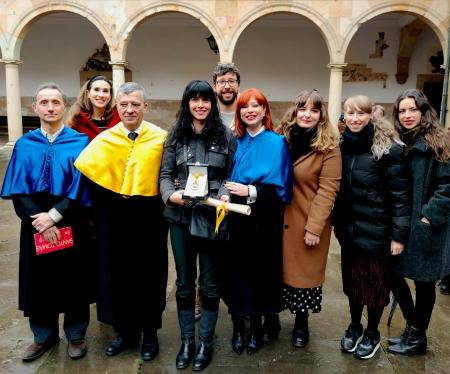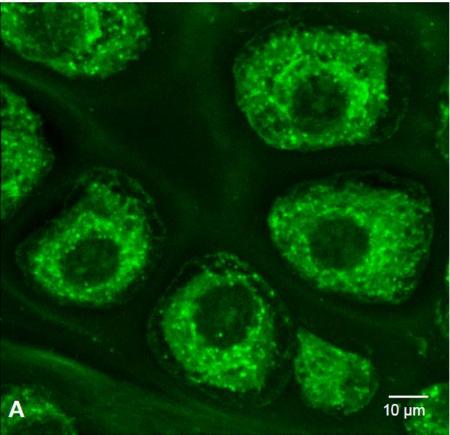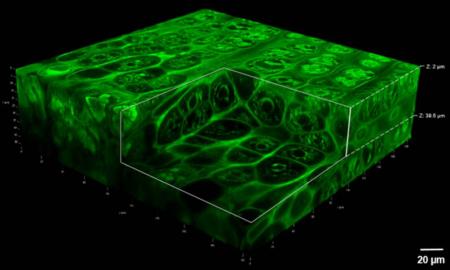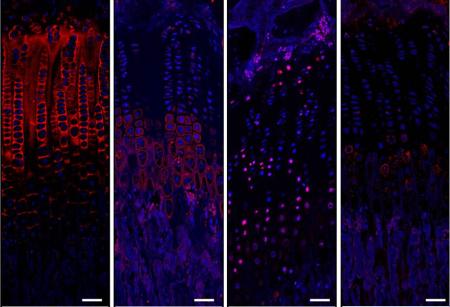These open up new ways of understanding the causes of growth problems using three-dimensional images of cells
The University of Oviedo's research offers results that are especially relevant in relation to kidney diseases among the paediatric age group
Research by the University of Oviedo has opened up new ways of understanding cellular causes of bone growth problems associated with some chronic diseases, as well as better assessing the effectiveness of various currently available treatments. Progress has been made by developing a new procedure that allows high-resolution three-dimensional imaging of cells that are responsible for growth (chondrocytes) using confocal laser microscopy. The quantitative analysis of the images obtained through this technique - to date, used in experimental animals - has enabled the discovery and characterisation of new phases in the process of differentiation of these cells - a decisive factor in the growth of bones and, consequently, for an adult's ultimate size.
The study, published today in the scientific journal Scientific Reports, by Nature group, was produced by research staff from the university's Faculty of Medicine and Health Sciences and from Instituto de Investigación Sanitaria del Principado de Asturias (ISPA), under the direction of Professors José Manuel López and Fernando Santos, from the Cell Biology and Paediatrics departments, respectively. It also forms part of Ángela Fernández Iglesias's doctoral thesis, who has played a central role in producing it.
The results are of particular relevance to renal diseases in the paediatric age group - a line of research that Dr Fernando Santos and Dr Helena Gil-Peña (also co-author of the article) are working on at HUCA (Asturias Central University Hospital).
The research has been carried out using the University of Oviedo's Scientific Technical Services' Leica TCS SP8 Confocal Microscope, in collaboration with Marta Alonso Guervós and Ángel Nistal.
Images gallery







